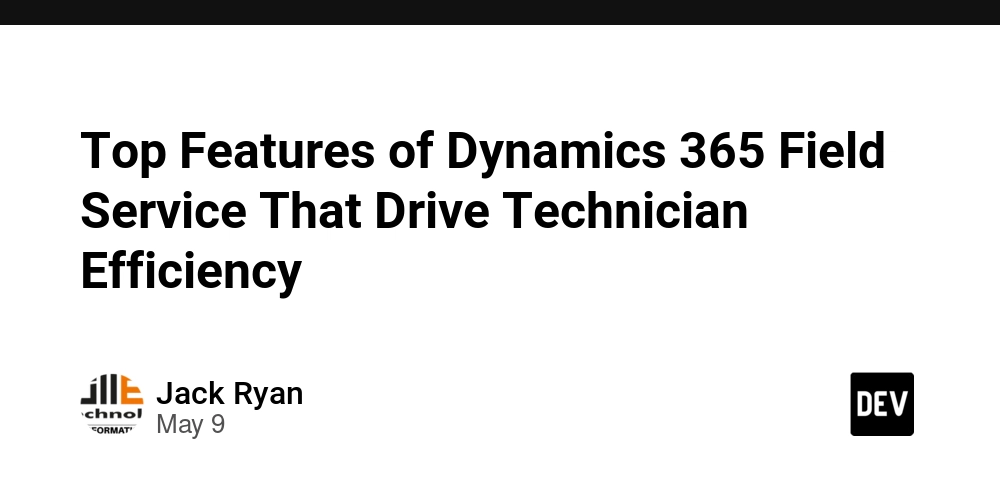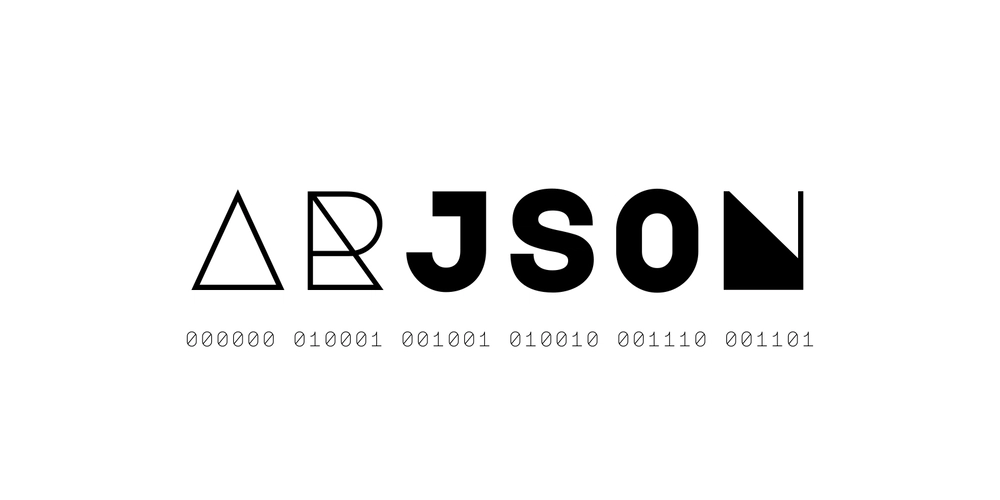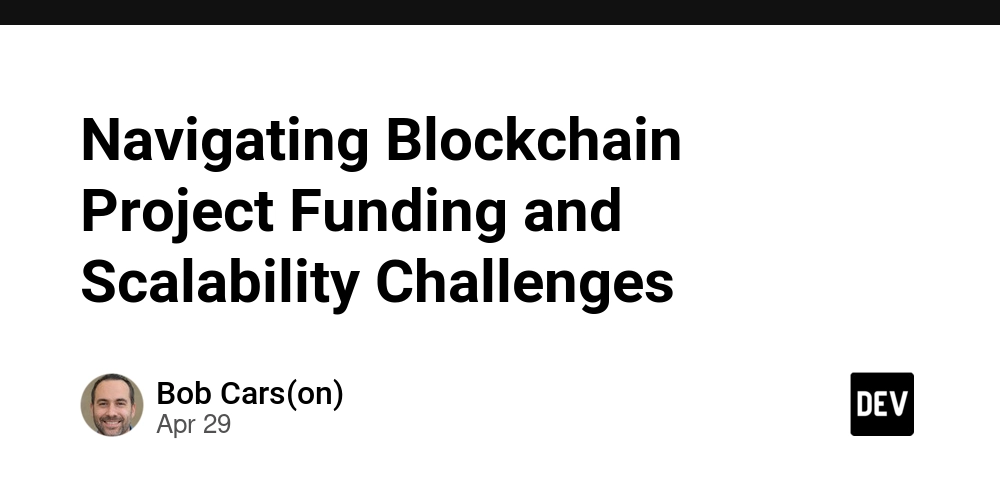Ultimate Guide to Container Runtimes: From Docker to RunC and Beyond
Containerization is at the core of today’s cloud-native technologies. It enables developers to package applications with all their dependencies into a single unit, ensuring consistency across environments—from a developer’s laptop to a production Kubernetes cluster. However, what many don’t see is the powerful stack of container runtimes working behind the scenes to execute these containers. This guide provides a deep, hands-on exploration of container runtimes. From high-level tools like Docker that simplify developer workflows, to low-level runtimes like RunC and CRI-O that interface directly with the Linux kernel, we will cover everything you need to understand how container runtimes work. Whether you’re a DevOps engineer, site reliability engineer (SRE), or student in a cloud computing course, this guide will give you the foundational knowledge and practical examples to deepen your understanding of containerization. Why Understanding Container Runtimes Matters Each time you run a container, several layers of software spring into action. The command you execute—be it docker run, ctr run, or a Kubernetes deployment—gets processed by high-level runtimes, passed to lower-level runtimes, and finally reaches the Linux kernel. Understanding these runtimes helps you: Troubleshoot performance issues at runtime Harden containers against vulnerabilities Tailor resource allocations in large clusters Debug container startup and networking issues Customize security policies using seccomp, AppArmor, or SELinux Trainer Insight: Pair live demos with visualizations of namespaces (lsns), cgroups (cat /proc//cgroup), and mount namespaces to demystify how containers are just processes under the hood. High-Level Container Runtimes What Are High-Level Runtimes? High-level container runtimes offer abstraction and convenience. They handle everything from image pulling and building, to network configuration and volume mounting. These runtimes don’t interact directly with the kernel—instead, they rely on low-level runtimes to start the container process. They offer integration with container orchestration platforms, configuration tools, and monitoring systems. Their goal is to reduce complexity and improve usability. Docker: The Flagship Container Tool Docker revolutionized container adoption. Its ease of use, powerful CLI, and widespread documentation made it the de facto standard for developers getting started with containers. Docker Architecture Breakdown dockerd: The background service managing containers, images, and volumes containerd: The lower-level daemon responsible for container lifecycle RunC: Executes container processes inside isolated environments Key Docker Features CLI tools: docker run, docker build, docker ps, etc. Image management via Docker Hub Integration with Docker Compose and Docker Swarm Default networking (bridge, host, overlay) and volume drivers Docker Example docker pull redis docker run -d --name redis-server -p 6379:6379 redis docker exec -it redis-server redis-cli Advanced Tip: Use docker events to track live container lifecycle changes and docker stats to monitor runtime performance metrics. ContainerD: Production-Ready Runtime ContainerD is a container runtime project spun out of Docker and now used by Kubernetes and other systems. It provides core container execution and image management without additional features like building images. Why Choose ContainerD? Efficient and minimal: fewer attack surfaces Direct integration with Kubernetes (as the default in most distributions) Extensible via plugins for snapshotters, runtime shims, and networking Follows the OCI image and runtime specifications ContainerD CLI Example ctr image pull docker.io/library/alpine:latest ctr run --rm -t docker.io/library/alpine:latest alpine-test /bin/sh Use ctr container list and ctr task ls to monitor containers and their runtime tasks directly. Low-Level Container Runtimes What Are Low-Level Runtimes? Low-level runtimes take the container specification (OCI-compliant config.json) and execute the actual container process. These tools interact directly with kernel features like namespaces, cgroups, mount points, and security modules. They are essential for launching containers in environments like Kubernetes, and are used by high-level tools like Docker and ContainerD under the hood. RunC: The Kernel-Level Executor RunC is a lightweight CLI tool and the reference implementation of the OCI runtime spec. It creates containers from an OCI config file, giving you full control over how the container environment is prepared. Notable Features Fine-grained control over container lifecycle Debugging container state without orchestration overhead Easily scriptable for CI/CD or infrastructure testing RunC

Containerization is at the core of today’s cloud-native technologies. It enables developers to package applications with all their dependencies into a single unit, ensuring consistency across environments—from a developer’s laptop to a production Kubernetes cluster. However, what many don’t see is the powerful stack of container runtimes working behind the scenes to execute these containers.
This guide provides a deep, hands-on exploration of container runtimes. From high-level tools like Docker that simplify developer workflows, to low-level runtimes like RunC and CRI-O that interface directly with the Linux kernel, we will cover everything you need to understand how container runtimes work.
Whether you’re a DevOps engineer, site reliability engineer (SRE), or student in a cloud computing course, this guide will give you the foundational knowledge and practical examples to deepen your understanding of containerization.
Why Understanding Container Runtimes Matters
Each time you run a container, several layers of software spring into action. The command you execute—be it docker run, ctr run, or a Kubernetes deployment—gets processed by high-level runtimes, passed to lower-level runtimes, and finally reaches the Linux kernel.
Understanding these runtimes helps you:
- Troubleshoot performance issues at runtime
- Harden containers against vulnerabilities
- Tailor resource allocations in large clusters
- Debug container startup and networking issues
- Customize security policies using seccomp, AppArmor, or SELinux
Trainer Insight: Pair live demos with visualizations of namespaces (
lsns), cgroups (cat /proc/), and mount namespaces to demystify how containers are just processes under the hood./cgroup
High-Level Container Runtimes
What Are High-Level Runtimes?
High-level container runtimes offer abstraction and convenience. They handle everything from image pulling and building, to network configuration and volume mounting. These runtimes don’t interact directly with the kernel—instead, they rely on low-level runtimes to start the container process.
They offer integration with container orchestration platforms, configuration tools, and monitoring systems. Their goal is to reduce complexity and improve usability.
Docker: The Flagship Container Tool
Docker revolutionized container adoption. Its ease of use, powerful CLI, and widespread documentation made it the de facto standard for developers getting started with containers.
Docker Architecture Breakdown
- dockerd: The background service managing containers, images, and volumes
- containerd: The lower-level daemon responsible for container lifecycle
- RunC: Executes container processes inside isolated environments
Key Docker Features
- CLI tools:
docker run,docker build,docker ps, etc. - Image management via Docker Hub
- Integration with Docker Compose and Docker Swarm
- Default networking (bridge, host, overlay) and volume drivers
Docker Example
docker pull redis
docker run -d --name redis-server -p 6379:6379 redis
docker exec -it redis-server redis-cli
Advanced Tip: Use
docker eventsto track live container lifecycle changes anddocker statsto monitor runtime performance metrics.
ContainerD: Production-Ready Runtime
ContainerD is a container runtime project spun out of Docker and now used by Kubernetes and other systems. It provides core container execution and image management without additional features like building images.
Why Choose ContainerD?
- Efficient and minimal: fewer attack surfaces
- Direct integration with Kubernetes (as the default in most distributions)
- Extensible via plugins for snapshotters, runtime shims, and networking
- Follows the OCI image and runtime specifications
ContainerD CLI Example
ctr image pull docker.io/library/alpine:latest
ctr run --rm -t docker.io/library/alpine:latest alpine-test /bin/sh
Use
ctr container listandctr task lsto monitor containers and their runtime tasks directly.
Low-Level Container Runtimes
What Are Low-Level Runtimes?
Low-level runtimes take the container specification (OCI-compliant config.json) and execute the actual container process. These tools interact directly with kernel features like namespaces, cgroups, mount points, and security modules.
They are essential for launching containers in environments like Kubernetes, and are used by high-level tools like Docker and ContainerD under the hood.
RunC: The Kernel-Level Executor
RunC is a lightweight CLI tool and the reference implementation of the OCI runtime spec. It creates containers from an OCI config file, giving you full control over how the container environment is prepared.
Notable Features
- Fine-grained control over container lifecycle
- Debugging container state without orchestration overhead
- Easily scriptable for CI/CD or infrastructure testing
RunC Example
mkdir mycontainer
cd mycontainer
runc spec # Generates config.json and rootfs/
# Customize config.json, then:
runc run mycontainer
Pro Tip: Inspect container internals with
runc execandrunc stateto view process status and resource usage.
CRI-O: Kubernetes-Native Runtime
CRI-O is a lightweight, Kubernetes-focused runtime. It implements the Container Runtime Interface (CRI) and delegates execution to RunC or other OCI runtimes.
Key Benefits
- Fully aligned with Kubernetes releases
- Compatible with OpenShift and major distributions
- Minimal dependencies and secure by design
Run
crictlcommands to inspect containers managed by CRI-O in Kubernetes clusters.
Understanding Linux Kernel Features Behind Containers
Namespaces: The Building Blocks of Isolation
Namespaces allow containers to have their own isolated instance of global resources. These include:
- PID namespace: Process isolation
- NET namespace: Separate network interfaces
- MNT namespace: Independent mount points
- UTS namespace: Unique hostnames
- USER namespace: Privilege separation
- IPC namespace: Message queue and semaphore isolation
Try It Yourself
unshare --fork --pid --mount --net --uts /bin/bash
ps aux
hostname
Cgroups: Managing Resource Usage
Control groups (cgroups) let you limit and monitor resource usage per process group. You can:
- Limit memory to prevent out-of-memory errors
- Restrict CPU time to balance loads
- Throttle I/O to avoid disk contention
Example with cgexec
cgcreate -g memory,cpu:mygroup
echo 300M > /sys/fs/cgroup/memory/mygroup/memory.limit_in_bytes
cgexec -g memory,cpu:mygroup stress --vm 2 --vm-bytes 500M --vm-hang 0
Use
systemd-cglsandsystemd-cgtopto visually inspect running cgroups in real-time.
How High-Level and Low-Level Runtimes Work Together
Full Runtime Stack
A single container might go through this sequence:
-
CLI/API Call:
docker run nginx - High-Level Orchestration: Docker CLI parses and validates the request
- ContainerD Delegation: Docker passes execution to ContainerD
- RunC Invocation: ContainerD invokes RunC with a container spec
- Kernel Setup: RunC configures namespaces, cgroups, mounts
- Process Launch: Kernel launches isolated containerized process
Visual Summary
User (Docker CLI or Kubernetes)
↓
High-Level Runtime (Docker/ContainerD)
↓
Low-Level Runtime (RunC/CRI-O)
↓
Linux Kernel (Namespaces, Cgroups, Mounts, Seccomp)
DevOps Insight: Knowing which layer is responsible helps isolate bugs in multi-node Kubernetes clusters.
Conclusion
Container runtimes are the unsung heroes of cloud-native computing. From the familiar Docker interface to the precise workings of RunC and CRI-O, each runtime plays a vital role in building, launching, and managing containers securely and efficiently.
By understanding the architecture and tools involved—from high-level commands to kernel configurations—you gain deeper control over your containerized environments. Whether you’re working on bare-metal clusters, CI/CD pipelines, or learning Kubernetes internals, mastering container runtimes is a critical step.
Next Steps:
- Explore OCI Specs
- Try building and running a container with only RunC
- Deploy a microservice app using CRI-O in Kubernetes
Additional Resources
- Docker Documentation
- ContainerD
- RunC GitHub
- CRI-O Official Site
- Kubernetes Runtime Interface
- Linux Cgroups Guide
- Namespaces in Linux
Enjoyed this guide? Share it with your community or embed it in your internal training material!










































































































































































![[The AI Show Episode 146]: Rise of “AI-First” Companies, AI Job Disruption, GPT-4o Update Gets Rolled Back, How Big Consulting Firms Use AI, and Meta AI App](https://www.marketingaiinstitute.com/hubfs/ep%20146%20cover.png)










































































































































































































































































_Aleksey_Funtap_Alamy.jpg?width=1280&auto=webp&quality=80&disable=upscale#)
_Sergey_Tarasov_Alamy.jpg?width=1280&auto=webp&quality=80&disable=upscale#)












































































































![Apple Foldable iPhone to Feature New Display Tech, 19% Thinner Panel [Rumor]](https://www.iclarified.com/images/news/97271/97271/97271-640.jpg)
![Apple Developing New Chips for Smart Glasses, Macs, AI Servers [Report]](https://www.iclarified.com/images/news/97269/97269/97269-640.jpg)
![Apple Shares New Mother's Day Ad: 'A Gift for Mom' [Video]](https://www.iclarified.com/images/news/97267/97267/97267-640.jpg)
![Apple Shares Official Trailer for 'Stick' Starring Owen Wilson [Video]](https://www.iclarified.com/images/news/97264/97264/97264-640.jpg)




































































































